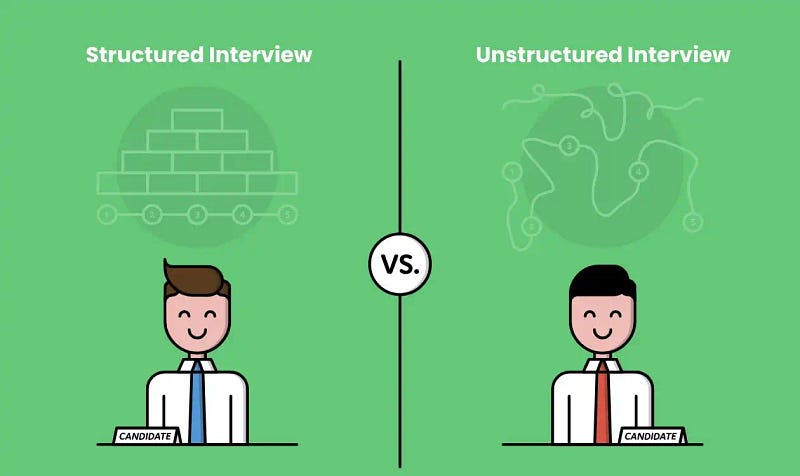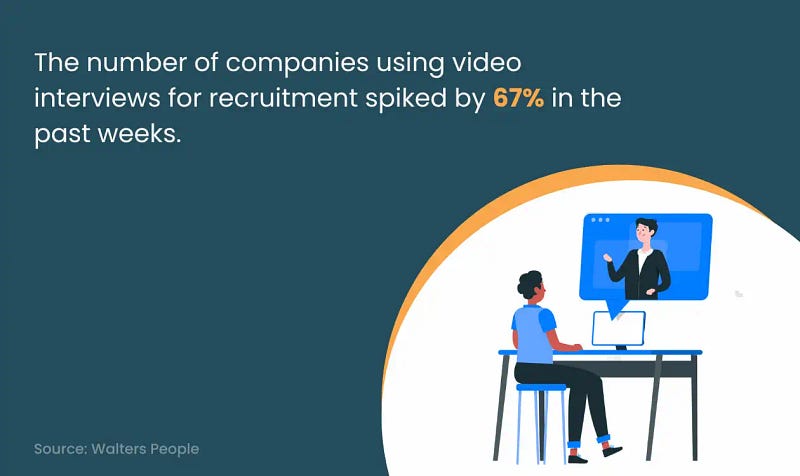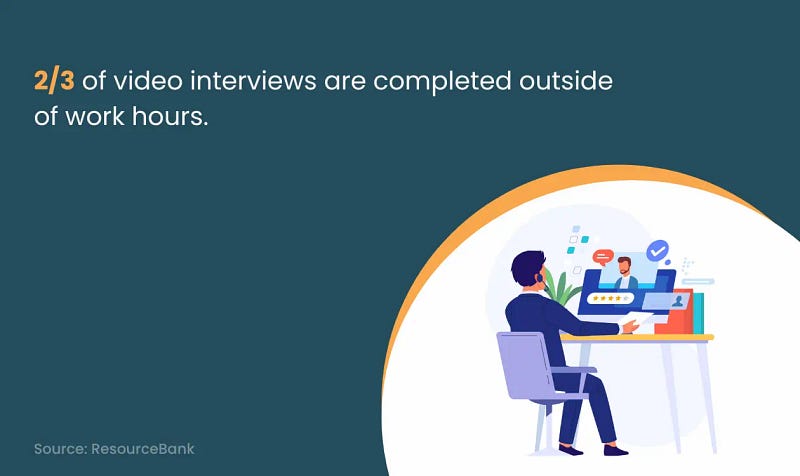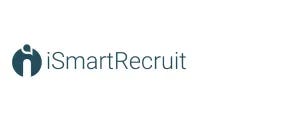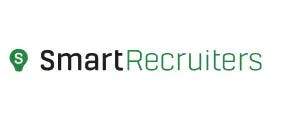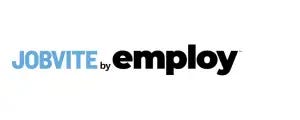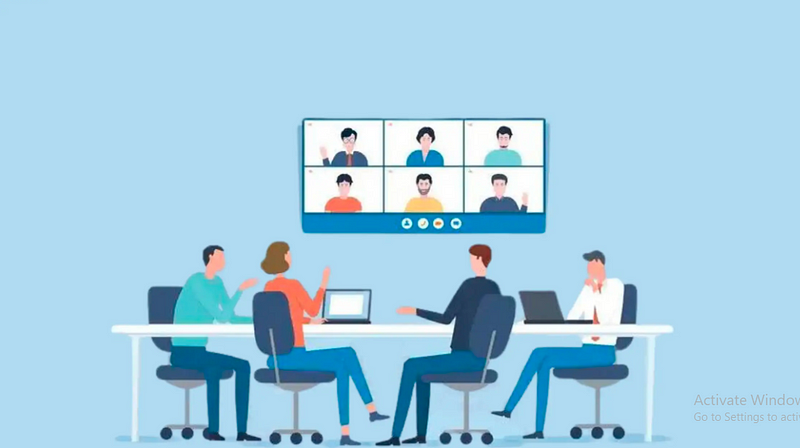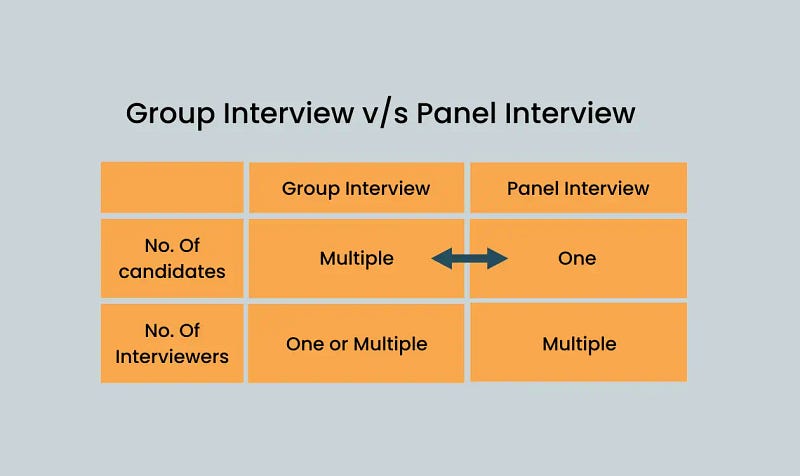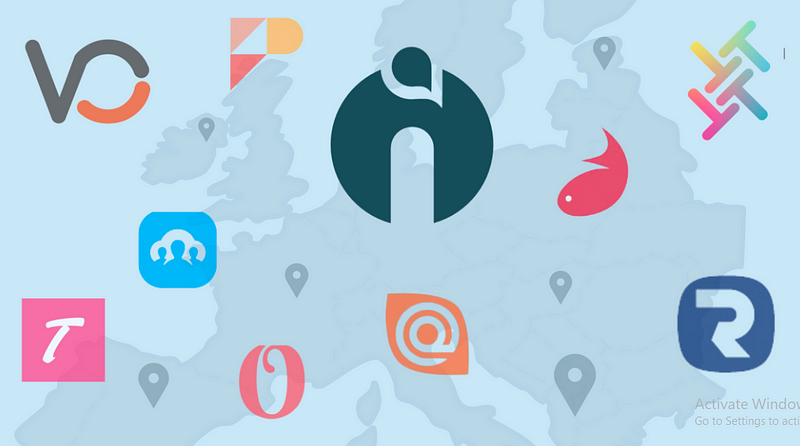
In Europe in 2025, hiring entails much more than just posting job advertisements in a fast-moving, competitive world where artificial intelligence, automation, and privacy regulations (GDPR) are very important. Companies require excellent tools that simplify the entire hiring process if they are to quickly locate and recruit the best candidates.
This is where Applicant Tracking Systems (ATS) prove helpful. From posting jobs and evaluating applications to arranging interviews and onboarding newcomers, these platforms automate everything. Using the right and best ATS, European recruiters can keep up with the competition, avoid recruiting issues, and guarantee they comply with all the local regulations.
Overview of Applicant Tracking Systems (ATS) in 2025
Smart tools powered by AI that automate jobs, such as the Applicant Tracking System, can be adapted to suit various recruitment processes and offer thorough data (analytics). Since hiring is competitive, they support recruiters in locating the best candidates, simplifying hiring, and making wise decisions based on data. It is also vital that they be able to contact several social media and job sites.
Why Choosing the Right & Best ATS Is Essential for European Recruiters
European recruiters encounter some unique difficulties. Qualified people can often be difficult to find, so they need to comply with GDPR regulations, and find personnel with many languages and cultural knowledge. A decent ATS solves these issues by:
- GDPR Compliance: Ensuring that personal details are stored securely and privately.
- Multi-Language Support: Working in several languages to simplify worldwide recruitment.
- AI-Powered Candidate Engagement: Using artificial intelligence to let candidates feel more personalised by automatically conversing with them.
- Customisable Workflows: Being able to customise the hiring process to suit particular requirements is a feature of customisable workflows.
- Advanced Analytics: Advanced analytical techniques will provide useful data on the effectiveness of the recruiting procedure.
Here are Top 10 Applicant Tracking Systems Driving Hiring Success in Europe
1. iSmartRecruit
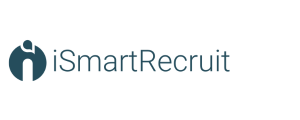
iSmartRecruit is a cloud based software that uses artificial intelligence to assist in recruitment. It’s meant for businesses with their in-house hiring division (in-house HR teams) as well as for companies supporting other firms in locating workers (staffing agencies, recruiting agencies, executive search agencies). For companies that employ individuals in many countries, it is beneficial to have an operative system in a lot of languages (including some of the most spoken European languages) and used in several nations over 70+.
iSmartRecruit is designed to simplify and speed up recruitment. It helps businesses locate great staff members, keep them engaged in their employment, and comply with privacy regulations (GDPR). It uses artificial intelligence to parse resumes, schedule interviews, and find possible employees. It makes recruiting straightforward and simple since it works in several languages and can be modified to suit different needs. This enables recruiters to be competitive and work quickly in their recruitment of staff from all over.
Key Features of iSmartRecruit:
- AI-Driven CV Screening.
- Automated Candidate Sourcing.
- Support For Many Languages.
- GDPR Compensation.
- Flexible Hiring Methods.
- Implicit Automated Interview Scheduling.
- Improved Reporting And Advanced Analytics.
- Mobile Friendly And Cloud-Based.
Free Trial: Available on request.
Pricing: Contact sales@ismartrecruit.com
Best For:
- Staffing firms.
- Recruitment agencies.
- Corporate hiring teams.
- Enterprises in charge of high volume or international hiring.
Pros:
- AI-driven automation.
- Flawless integration.
- Highly customisable processes.
- Data security & GDPR level is valid.
- Scalable for both small teams and large enterprises.
- Excellent support.
Cons:
- Advanced customisations may require setup time.
- Limited offline capability.
G2 Rating: 5/5
2. Teamtailor
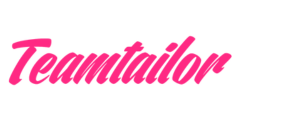
The Teamtailor platform is an application tracking software solution that assists businesses in locating, engaging with, and recruiting great staff, as well as improving the company’s visibility (employer brand). Since it is used by many companies (more than 10,000) and recruitment agencies (over 200,000) globally, it is a popular option for businesses wishing to improve their hiring.
Teamtailor is created for team hiring. It makes the hiring process good for the people applying (candidates), automates tasks that consume a great deal of time, and enables hiring managers and recruiters to collaborate effortlessly. It also enables businesses to create their own websites to display their culture, values, and brand. This assists them in competing for the finest talent even if several corporations are looking to recruit the same individual.
Key Features of Teamtailor:
- Powerful ATS With Built-In Employer Branding Tools.
- Perfect Synchronisation Between Hiring Managers And Recruiters.
- Automatic Workflows.
- Candidate Data Management That Conforms With GDPR.
- Multilanguage Support For Hiring Worldwide.
Free Trial: Available on request.
Pricing: Contact for details.
Best For:
Small to mid-sized companies searching to improve their hiring process and employer branding.
Pros:
- Straightforward and user-friendly to set up.
- Employer branding features.
- Seamless automation.
- Collaboration tools for hiring teams.
- Customisable processes appropriate for varying recruitment requirements.
Cons:
- Restricted advanced AI-driven candidate matching.
- Not ideal for high-volume staffing agencies.
- Some integrations require additional setup.
G2 Rating: 4.6/5
3. Recruitee
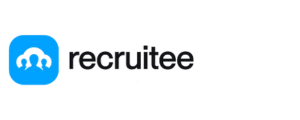
Recruitee is a cloud-based recruitment software (ATS) which helps companies from all the range sizes streamline their hiring processes. Designed for teamwork and connected with job boards, it is a very data-driven tool that empowers diversification in a company’s hiring process. Thus, it has become the preferred choice for HR departments and companies that do their hiring in-house.
Recruitee is much simpler to use, just drag-and-drop functionalities for hiring management, with the added bonus of AI that automates many processes. It serves to help recruiting professionals manage the candidates considered for jobs, auto-post jobs, and track the effectiveness of their recruitments.
Key Features of Recruitee:
- Customisable Hiring Pipelines.
- Artificial Intelligence Matching.
- Post Jobs on Boards Automatically.
- Collaborative Hiring.
- GDPR-Compliant Data Management.
- Analytics and Reports on Recruitment.
- Multi-Language Support.
Free Trial: Yes (Offers 18 days free trial)
Pricing:
- Start: €216 — Per month/unlimited users
- Grow: €274 — Per month/unlimited users
- Optimise: Available on request.
Best For:
Companies of all sizes with a particular focus on data-driven hiring processes.
Pros:
- Highly collaborative.
- Sets an easy-to-navigate interface.
- Ensures compliance with GDPR with safe data management.
- Customisable workflows.
- Good job board integrations.
Cons:
- Not advanced in AI automation.
- Basic candidate assessment tools.
- Integration options can be restricted.
- Not ideal for big staffing agencies.
G2 Rating: 4.5/5
4. Firefish Software

Firefish Software is a hiring system (ATS) that focuses on attracting and connecting with potential hires, with a focus on recruitment agencies. It has automated tools for managing relationships with candidates. It also has built-in tools that support agencies in improving their attractiveness to candidates and their position as good employers.
Although Firefish excels in recruitment marketing and connects well with job boards, it somehow does not provide as many AI automated features or smart candidate matching as iSmartRecruit. iSmartRecruit, on the contrary, applies advanced AI to automatically screen the applications and carry them through the engagement phase.
Key Features of Firefish Software:
- Built-In Recruitment Marketing Tools.
- Jobs Posted Automatically.
- Multi-Language Support.
- Hiring Process Can Be Changed.
- Cloud-Based & GDPR-Compliant.
Free Trial: Available on request.
Pricing: Contact sales.
Best For:
Recruitment agencies which want to attract and engage candidates.
Pros:
- Great tools for marketing open jobs.
- Easily connects to job websites and social media.
- Automated candidate follow-ups.
- Works in multiple languages.
Cons:
- Not much AI-powered automation.
- It might not be the best fit for very large companies.
- Takes time to customise.
G2 Rating: 4.3/5
5. Vincere

Vincere is a complete hiring system (ATS) which is for recruitment and staffing agencies that need one platform to do everything. It combines applicant tracking, customer relationship management (CRM), data analysis, and business insights to help agencies make hiring easier, connect better with candidates, and manage relationships with clients.
While Vincere has good reporting tools, it also works in many languages, automates some things, and lacks as much artificial intelligence-powered automation or flexibility to customise as compared to other platforms that use more advanced AI for keeping candidates interested, screening applications, and automating the hiring workflow.
Key Features of Vincere:
- Smart Candidate Matching.
- Automatic Hiring.
- Support for Multiple Languages and Multiple Currencies.
- Connects to Job Sites and Social Media.
- Keeps Your Data Safe (GDPR compliant).
Free Trial: Available on request.
Pricing: Contact sales.
Best For:
Recruitment agencies and staffing companies that want a system to track applicants, manage customer relationships (CRM), and generate reports.
Pros:
- Good reporting tools.
- Easy connections.
- Follows privacy rules.
- Scales with your business.
Cons:
- Not much AI automation.
- Hard to set up.
- Not very flexible.
G2 Rating: 4.6/5
6. Talos360
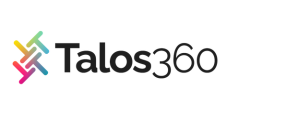
Talos360 is a hiring software that uses AI. It’s for HR teams and growing companies that want to automate hiring, keep track of applicants, and make their company look good to potential hires. It’s known for being easy to use and automating tasks. Talos360 helps companies hire faster, find better talent, and make hiring easier.
It has custom job postings, automatically looks through resumes, and provides hiring data, which helps companies make smart, data-driven hiring decisions. Its employer branding tools help businesses create attractive career pages and give applicants a good experience, making it a good choice for companies that want to improve how they hire.
Key Features of Talos360:
- Candidate Screening with AI-Powered.
- Recruitment Analytics.
- Employer Branding Tools.
- Customisable Hiring Workflows & Pipelines.
- Interview Scheduling & Reminders.
- GDPR-Compliant Data Management.
Free Trial: Yes (Offers 21 days free trial).
Pricing: Contact sales.
Best For:
HR teams and growing businesses that want to make hiring easier.
Pros:
- AI for faster hiring.
- Easy to use.
- Flexible and customisable.
- Attracts good candidates.
Cons:
- Limited candidate matching with AI compared to other advanced ATS platforms.
- Not ideal for high-volume hiring recruitment.
- Some features need extra work.
G2 Rating: 0/5
7. Eploy
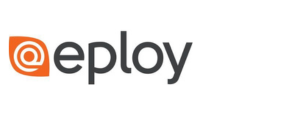
Eploy is a cloud-based system (ATS and Talent CRM) that helps companies manage the entire hiring process. It’s designed for in-house hiring teams, HR professionals, and talent acquisition specialists. It uses data to improve hiring, combining AI for finding candidates, automated workflows, and detailed reports.
Eploy assists companies in building and improving talent pools, offering custom dashboards, secure data (GDPR compliant), and ways to identify candidates from many sources. This is useful for companies looking to automate hiring and use advanced reports to make smart hiring decisions.
Key Features of Eploy:
- AI-Powered Candidate Sourcing & CV Parsing.
- Customisable Recruitment Boards & Analytics.
- Automated Applicant Tracking & Hiring Workflows.
- Smooth Integration with HR Systems and Job Boards.
- Multilanguage Support & GDPR-Compliant Data Handling.
Free Trial: Available on request.
Pricing:
- Start: £695 — Per month/200 users.
- Grow: Contact sales for more than 200 users.
Best For:
- Company hiring teams and HR staff.
- Recruitment automation.
- Companies requiring in-depth analytics & reporting tools.
Pros:
- Advanced reporting & analytics for data-driven hiring.
- Strong GDPR compliance & data security.
- Seamless integration with job boards & third-party HR tools.
- Fully customisable workflows.
Cons:
- Complex setup process for first-time users.
- Not ideal for small businesses or startups with limited hiring needs.
- Requires training to utilise all advanced analytics features.
G2 Rating: 4.7/5
8. Pinpointhq

PinpointHQ is a user-friendly applicant tracking system (ATS) that automates processes, organises candidates, and offers tools to make businesses appealing to potential hires, simplifying the hiring process.
PinpointHQ focuses on using data to make better hiring decisions. Companies can find and connect with employees quickly and efficiently. The AI-powered candidate matching and easy integrations make it a good choice for companies that want to streamline hiring without added complexity.
Key Features of PinpointHQ:
- AI-Powered Candidate Matching.
- Customisable Hiring Pipelines.
- Automated Job Postings Across Multiple Platforms.
- Recruitment Analytics & Reporting To Track Hiring Success.
- Employer Branding Tools To Enhance Company Culture Visibility.
- GDPR Compliance For Secure Data Management.
Free Trial: Available on request.
Pricing: Contact sales.
Best For:
- Internal recruiting teams.
- Growing businesses needing structured hiring solutions.
- Employer branding and candidate engagement.
Pros:
- User-friendly.
- Strong automation solutions for smooth hiring.
- Employer branding features to attract top talent.
- Safe data handling in compliance with GDPR.
Cons:
- Not designed for recruitment agencies.
- Limited flexibility for high-volume hiring.
- Fewer AI automation features compared to iSmartRecruit.
G2 Rating: 4.7/5
9. Recruitly
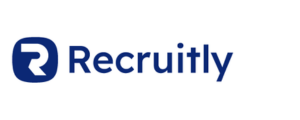
Recruitly is a cloud-based Applicant Tracking System (ATS) designed specifically for small and medium-sized recruitment agencies. It offers an affordable and easy-to-use platform that helps recruiters manage candidate pipelines, track hiring progress, and communicate efficiently with candidates.
While Recruitly is an accessible and budget-friendly ATS, it lacks advanced AI-driven automation and deep analytics compared to iSmartRecruit, which provides intelligent candidate matching, AI-powered screening, and scalable customisation for recruitment teams.
Key Features of Recruitly:
- Automatic Emails.
- Real-Time Hiring Reports.
- Data Management Following GDPR.
Free Trial: Yes (Offers 7 days free trial).
Pricing:
- Solo: $35 — Per month/user
- Startup: $50 — Per month/user
- Professional: $75 — Per month/user
- Enterprise: $100 — Per month/user
Best For:
- Small to medium recruitment agencies seeking an easy-to-use and budget-friendly applicant tracking system.
Pros:
- User-friendly interface.
- Perfect job board integrations.
- Support for many languages.
Cons:
- Lacks AI-powered automation.
- Limited scalability.
- Basic reporting and analytics.
- Not suitable for large enterprises.
G2 Rating: 4.2/5
10. Oleeo

Oleeo is an AI-driven Applicant Tracking System (ATS) designed for enterprise recruitment teams, government organisations, and high-volume hiring. With its data-driven automation, AI-powered candidate screening, and diversity recruitment tools, Oleeo helps large-scale employers streamline hiring while ensuring compliance with diversity, inclusion, and GDPR regulations.
Oleeo is known for its smart talent engagement features, which streamline hiring processes and offer thorough hiring insights. Companies looking to improve efficiency and provide candidates with a great experience can benefit from Oleeo’s predictive analytics. This ensures every candidate gets a fair chance, helping businesses build a more diverse workforce.
Key Features of Oleeo:
- AI-Powered Candidate Screening & Shortlisting.
- Automated Interview Scheduling & Hiring Systems.
- Customised Hiring Process.
- Advanced Recruitment Analytics.
- Compliance With GDPR And Secure Data Management.
Free Trial: No.
Pricing: Contact sales.
Best For:
- Enterprises.
- Public sector organisations.
- Government hiring.
Pros:
- Strong focus on diversity recruitment and inclusive hiring practices.
- Customisable workflows and automation.
- AI enhances candidate selection.
- Seamless integration with HR systems.
- Ideal for companies with high-volume hiring needs.
Cons:
- Not particularly suitable for new or small organisations.
- Requires training to fully utilise advanced analytics features.
G2 Rating: 4.2/5
How to Choose the Right Applicant Tracking Software (ATS) for Your Business?
Choosing the right hiring process like Applicant Tracking System (ATS), the decision is important for your hiring process. As there are so many options in 2025, you can pick any one that fits your needs, like your budget and what you want to achieve in the long run. Here’s what to think about when choosing the best ATS for your company:
- GDPR Compliance & Data Security
- AI & Automation Capabilities
- Multi-Language & Regional Support
- Customisability & Scalability
- Integration with Job Boards & HR Tech Stack
- User Experience & Customer Support
- Pricing
Why iSmartRecruit stand out over competitors?
There are several Applicant Tracking Systems that companies use to hire, but iSmartRecruit belongs to the smartest one, and it smartly uses high-tech AI technology. It’s mainly designed for companies that help other companies to find workers (recruitment, and staffing agencies) as well as for companies that have their hiring departments. Even though other ATS systems supply plain tracking and can operate some automated tasks, iSmartRecruit is more sophisticated. It is a combination of automated AI, GDPR compliance, data security, and multilanguage support. Thus, it is mostly used by the recruiters in Europe.
Benefits of iSmartRecruit:
- GDPR Compliance
- Multi-Language Support
- AI-Powered Recruitment & Automation
- Intelligent Candidate Matching
- Automated Candidate Screening
- Smart CV Parsing
- Scalable Solution
Conclusion
The right ATS in 2025 stops being an extra but becomes a must for European recruiters. By examining your needs thoroughly and looking at the most favourite platforms like iSmartRecruit, Workable, and Recruitee, you will give your company the means to find the best people, make your hiring process smoother, and reach recruitment goals. AI-driven automation, GDPR compliance, and the European market are the key points of iSmartRecruit, which has a good reason to be the first choice of organisations that are trying to get their overall hiring success at the highest level.
Having iSmartRecruit on your list will make hiring and European compliance much more painless. The company’s solution is useful for those who want to make use of Artificial Intelligence in their recruitment process, meet GDPR requirements, and work in the European market.
Frequently Asked Questions (FAQs)
1. What is an Applicant Tracking System (ATS)?
An ATS is software that automates and streamlines the recruitment process, from receiving applications to onboarding new hires. It helps manage job postings, candidate information, and communication.
2. Why do companies use an ATS?
Companies use Applicant Tracking Software to save time and resources, improve the quality of hires, reduce bias, and ensure compliance with recruitment regulations.
3. How do I choose a GDPR-compliant ATS?
Points to consider in choosing are the security benefits of items like data encryption, access controls, data retention policies, and audit trails.
4. Can ATS handle multi-language support?
Yes! Lots of ATS software on the market are multi-language capable, which makes them suitable for international hiring. This feature is especially essential for European recruiters who are working in different countries.
5. Is an ATS only for large companies?
No, ATS solutions are available for businesses of all sizes, from small startups to large enterprises. Cloud-based solutions have made them more accessible.
6. How much does an ATS cost?
The pricing of an ATS can change according to the functionality, number of users, and payment plan. Some platforms have monthly or yearly options.
Originally published at https://www.ismartrecruit.com.




